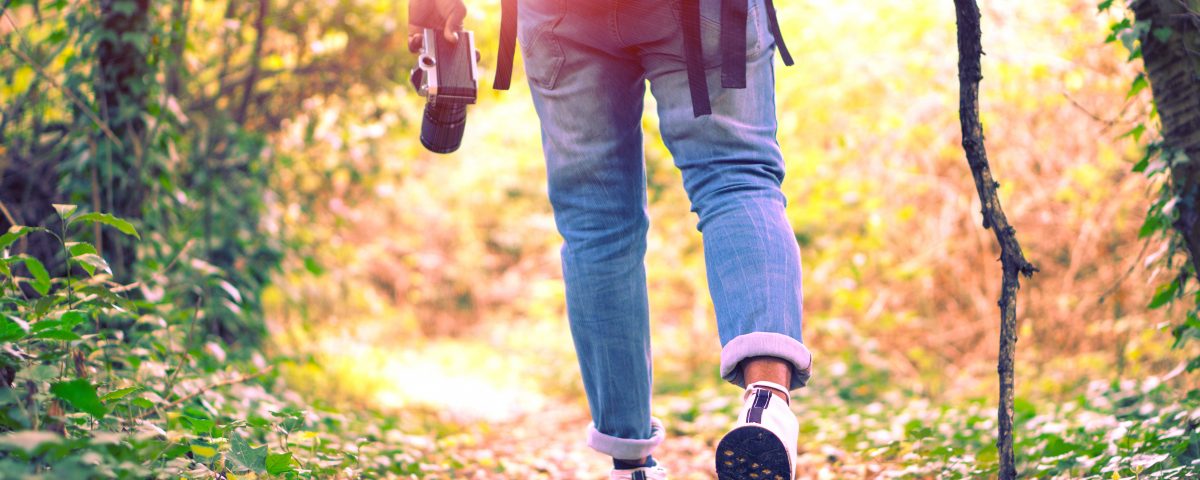Faculty Spotlight: Teachers Bessa Axelrod and John Doyle’s New Co-Taught Courses Blend the Best of Art and Nature
Faculty Spotlight: Teachers Bessa Axelrod and John Doyle’s New Co-Taught Courses Blend the Best of Art and Nature








Art teacher Bessa Axelrod and stewardship teacher John Doyle are co-teaching two dynamic new courses this semester.
One of the best things about Oliverian is the meaningful, collaborative relationships that naturally form as a result of our close-knit campus community. Few people know that better than teachers Bessa Axelrod and John Doyle, who have combined their talents and interests to create two new, dynamic co-taught classes this year.
Bessa teaches wide a variety Fine Arts courses at Oliverian. You can find her in the pottery studio teaching wheel throwing and handbuilding or in the main art studio introducing students to techniques driven courses like painting and printmaking as well as thematic courses like Outsider Art and Call of Nature. John, who’s also known as “Farmer John” or “FJ,” is Oli’s resident stewardship teacher and spends his days teaching students about wildlife conservation, forestry management, and building trades.
This year, they’ve collaborated to create two courses: “Going Wild” and “Making Tracks.” Both courses integrate wildlife conservation and outdoors skills with fine arts and creative expression, which both teachers agree makes for a powerful combination. We sat down with John and Bessa to learn more about their co-teaching efforts.
Q: Can you tell us a bit about the classes you’re co-teaching?
BA: We’ve taught together at Oliverian for 12 years, but this year, we decided that we would get together and co-teach a class that combines John’s expertise in the woods — tracking, animal identification, and woodland ecology — with my abilities in the art studio. We’re teaching two classes.
FJ: In the first class, “Going Wild,” students learn how to identify animal tracks and habitat and the variety of species that are year-round residents in our region.
BA: And then for the visual arts component, each student will focus on an animal that they select, and we’ll create an image using a wood burner. To practice, we have cut and are making walking sticks with wood burning designs on them just to get used to, again, the feel of the wood burning tool and the different techniques. It’s been really well received by the students, who are taking what they’ve learned from FJ out in the woods and bringing it into the studio.
We’re also co-teaching another class called “Making Tracks.” They’re very similar in that they focus on identification of animals in this area. They’re so similar, actually, that the art projects are going span both those classes.
Q: What gave you the idea for to work together on the classes?
BA: FJ and I have known each other for years, and I really enjoy his company out of the classroom. And I thought, “Well, why not just pull it into the classroom and, and see what happens?”
FJ: I don’t do that much co-teaching, but when Bessa approached me about co-teaching this course, I thought it was a really interesting perspective on how to approach stewardship classes.
BA: The stewardship classes and the art classes are what we call “pillar courses”. So I think they have a lot of common ground in that students have a lot of room for self-expression, room to get outside of a traditional classroom and into a space that values their ability to problem solve, and it recognizes their individuality and creativity within a curriculum. So for me, it just seems like a natural fit.
